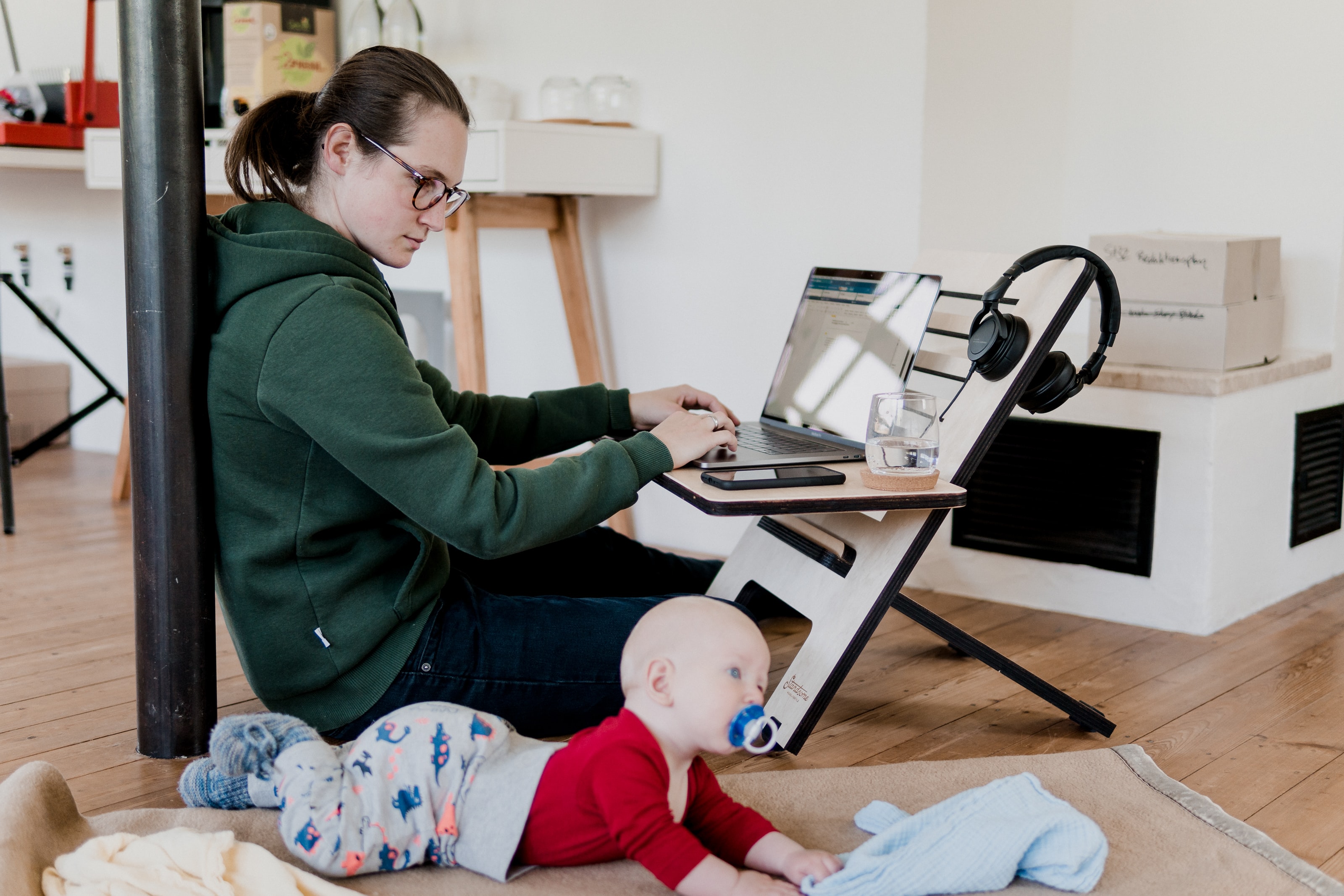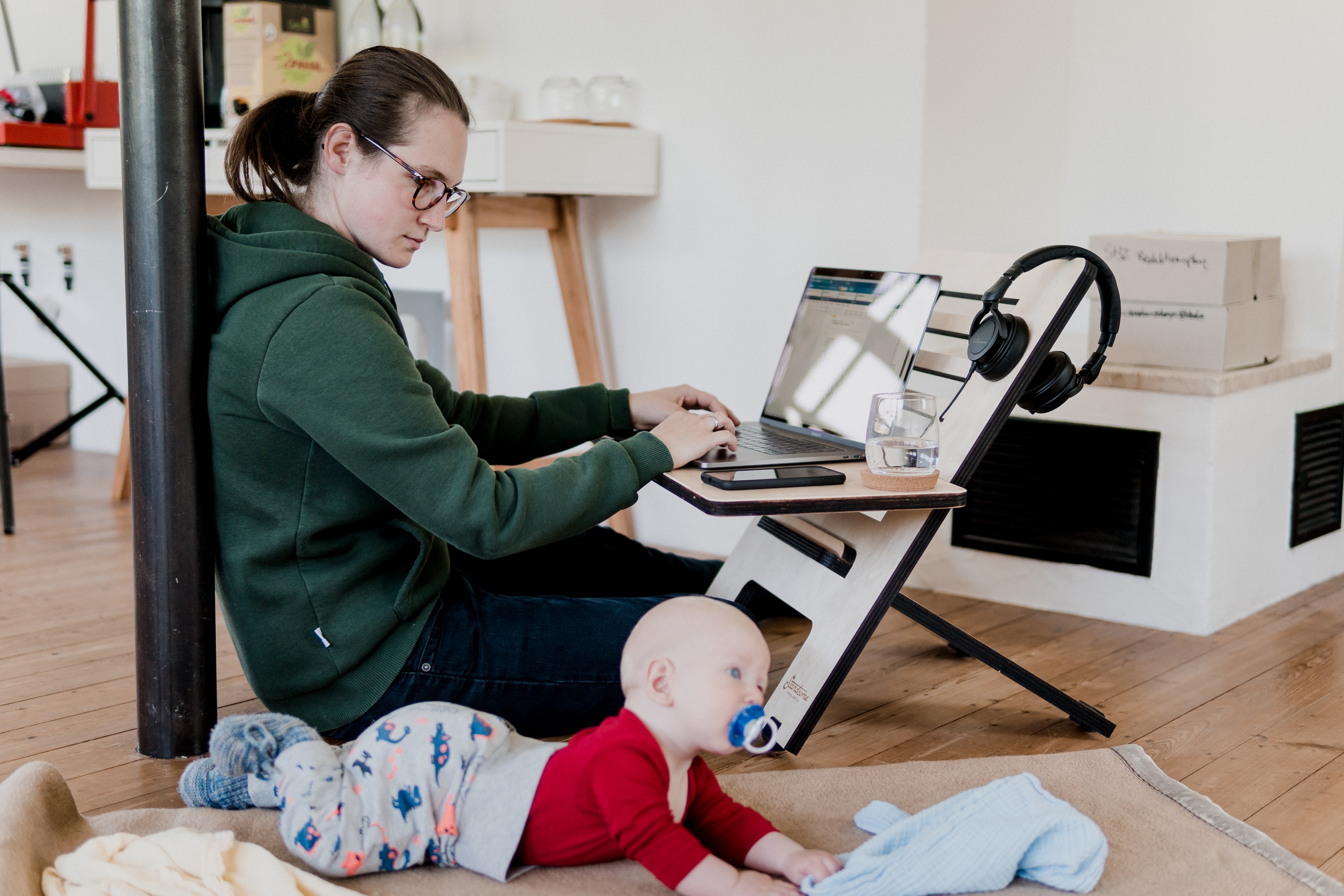How SAP Is Creating Business Resiliency & Flexibility In Times Of Crisis
We are in the midst of one of the worst and the most complex crises the world has ever seen, with most organizations across industries being pushed...
2 min read
 Sara Brown
:
Wed, 12/23/2020 - 10:15
Sara Brown
:
Wed, 12/23/2020 - 10:15


Employee satisfaction isn’t just good for the work environment — it also makes companies stronger. Firms rated in the top 25% in terms of employee experience have the best business value, according to researchers from the MIT Center for Information Systems Research, who found that those companies also have higher customer satisfaction rates, are faster and more agile — and are more profitable.
Companies that build positive employee experiences enable workers through an adaptive work environment and collective work habits to do the work of today and to reimagine the work of tomorrow, according to Kristine Dery, a research scientist at CISR who focuses on the relationship between technology and how people work. And with widespread disruption from the COVID-19 pandemic, many companies have had to reimagine experience for employees scattered in thousands of different “workplaces” — their homes.
During a recent webinar, Dery and executives from CarMax and multinational law firm King & Wood Mallesons said longstanding roadblocks have faded during the work from home transition, as even reluctant companies or employees had to quickly embrace communication platforms and other technologies. At the same time, new challenges have emerged as companies attempt to recreate systems and working methods that worked in the office.
Here are four ways to design employee experiences in the coronavirus era:
After several months of research about employee experiences during the pandemic, Dery said organizations tend to go through three phases.
During the survival phase, companies are focused on becoming operational and more connected by getting everyone up and running despite disruption, and making sure required hardware, software, and capabilities are in place. Communication often flows one way from the company to employees during this phase.
Eventually, companies move into the recreating and reimagining the employee experience phase — finding out what employees need to thrive again. Things become more chaotic as multiple demands emerge and what seemed to be working might turn out to be problematic. Pre-disruption difficulties become more enhanced, and problems might emerge as new tools and technologies are deployed. The key during this phase is to listen and work hard.
Finally, companies should move into the redesigning phase as they start to implement ways for employees to succeed in the COVID-19 environment and beyond. During this phase, look for data, insights, and stories to learn what’s sticking.
Companies that deliver strong employee experiences deliberately move away from a culture of heroics, in which employees often have to go above and beyond to find ways to deliver for customers, becoming “heroes” in the organization, Dery said.
Instead of depending on heroic employees, companies should focus on processes and systems that can deliver for customers consistently and solve more complex problems. “Let’s figure those things out, and then let’s embed those into our organization, either through technology or through behaviors or through new metrics. That connection is much more systemic,” she said.
Implementing systems includes:
-Integrating operations across silos to make it easier for employees to innovate and deliver on the customer experience.
-Allowing seamless access to data and information about customers, putting power into the hands of employees to do what technology can’t do.
-Digitizing work, which allows for employee mobility — especially important now — and employee self-help.
-Using employee platforms, which allow employees to search for information and ideas, easily share knowledge, and reduce duplication.
Companies should also consider a dedicated customer experience team. “That phase where different employee experiences across the company were creating all sorts of quite chaotic decisions and responses was managed much more effectively by companies that had a dedicated [employee experience] team, that were looking at that right across the organization, and able to create more systemic accountability measures,” Dery said. These companies were able to get technology into the hands of employees faster, and could anticipate speed bumps ahead of time, instead of reacting to them after the fact.
25%
Firms rated in the top 25% in terms of employee experience have the best business value, according to researchers.
To continue reading the full article click here.
Photo:@standsome

We are in the midst of one of the worst and the most complex crises the world has ever seen, with most organizations across industries being pushed...

Most executives have a positive outlook on how their digital transformation plans can affect their business prospects. But HR leaders are, by far,...
.png)
Human resource departments have ever-expandingresponsibilities and priorities amid the pandemic. Yet, investing in Human Resources (HR) is a task...